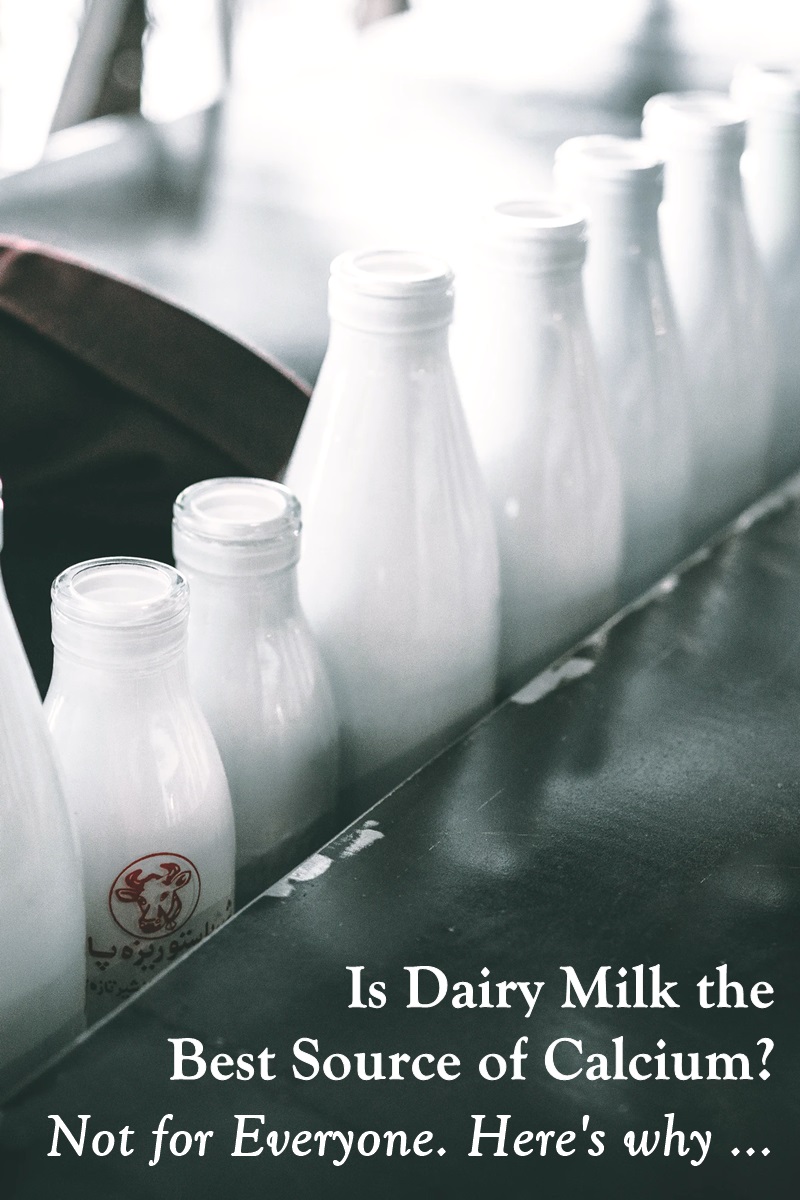What if I told you that citrus may be better for your bone health than milk? What if I even suggested that milk might not be the best option for fighting osteoporosis? Would you think I was insane? If so, I wouldn’t blame you. Fifteen years ago, I too would have balked at the very notion that anything could be more powerful at battling brittle bones than the almighty glass of milk.
 Photo by Mehrshad Rajabi
Photo by Mehrshad Rajabi
Is Milk the Best Source of Calcium?
More often than not, we’ve been led to believe that dairy is the superior, and perhaps the only suitable choice for building and maintaining strong bones. Yet this notion has been put to the test, and shown by many studies to be false. According to the enormous 12-year Harvard study of 77,761 female nurses, as published in the American Journal of Public Health.
Women consuming greater amounts of calcium from dairy foods had modest but significantly increased risks of hip fractures, while no increase in fracture risk was observed for the same levels of calcium from nondairy sources.
Yes, you read that correctly, dairy products could actually be a cause of hip fractures from osteoporosis. This landmark study has risen more than a few eyebrows in the medical community, and it doesn’t stand alone.
More studies link milk intake to fractures.
Researchers at Yale University reviewed 34 published studies in 16 different countries to compare the incidence of hip fractures. In their data, the countries with the highest rates of osteoporosis, including the United States, England, Sweden, and Finland, were coincidentally the highest consumers of dairy products. Countries like China, have had historically low rates of osteoporosis and hip fracture. But Asian cultures are seeing an increase in the incidence of osteoporosis with the adoption of Westernized dietary habits, like milk consumption.
To further these findings, a 2014 Swedish study with over 61,433 women and 45,339 men found that higher milk intake not only correlated with an increased fracture incidence in women, but it was also associated with higher mortality in both men and women.
How is this possible?
According to the USDA, isn’t milk one of our major food groups? The answer is not completely clear, but there are a couple of sound theories circulating in the scientific community.
For starters, high dairy intake provides a good dose of animal protein, which is rich in sulfur-containing amino acids. The body buffers the effects of these amino acids by releasing calcium from the bones, and excreting it from the body. In addition, animal-based foods, particularly milk, contain very high levels of phosphorus, which may interfere with calcium absorption.
Some researchers also believe that calcium consumption may be receiving too much of the focus on its own. They think we need to work on the right balance of vitamins and minerals to increase effectiveness.
Milk doesn’t do every body good.
Dairy is a good dietary option for some people, but the tides are turning on the osteoporosis front. Many renowned researchers are changing their healthy bone vote from milk to plant-based foods, such as vegetables, fruits, and nuts. It’s no longer assumed that dairy-free consumers will develop osteoporosis. Which is good news for consumers who are allergic or intolerant to milk or who cut out dairy for personal reasons.
But of course, always consult a physician before any change in diet. We are all individuals with our own nutritional needs and health concerns.
For more information, see our Dairy-Free Calcium Guide and Go Dairy Free: The Guide and Cookbook.


1 Comment
Pingback: Dairy-Free Benefits: The Top 10 Reasons People Go Dairy Free